
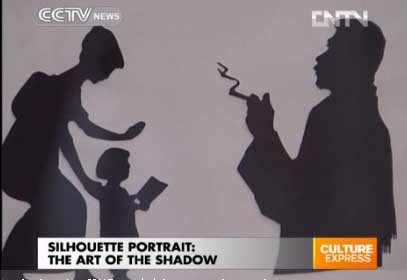 |
| (CNTV) |
Silhouette Portraiture, an artform adopted from Europeans hundreds of years ago, but which has
In a time when you can shoot digital photos at a click, and store thousands of images in a tiny memory card, a silhouette portrait seems old-fashioned and time-consuming.
But if only you can see how it’s done. In Beijing’s 798 Art District, many gallery-goers and tourists stop by at this stall to take a closer look. Some of them even decide to sit down and have a try.
Tourist said, "I'm in my 60’s and I’ve seen this decades ago. I think it may be French. Back in the 1960’s and 70’s, only the rich families in China could afford having their silhouette made in the photo studios. So it was pretty hip. People at my age would understand what I am saying. But now we all have digital cameras, why choose black-and-white when you can have a colour photo?"
And the gentleman is right. Silhouettes came into fashion in 18th century Europe as a cheap, quick way of capturing likeness. To many's surprise now, the most common use then for them was as profiles pictures. This was long before photography was invented.
When it first came to China, the traditional paper-cutting artists quickly adopted the method, and blended in their own tricks. Soon the technique was spread everywhere within China. Just like vinyls survive in the era of mp3s, silhouettes have kept its place in the modern society as well.
Portrait maker Zhang Dongjiang is probably the only silhouette master that's active in Beijing. Two chairs, a lamp, a pair of scissors and a box of black paper is all he needs, and accuracy is all he aims for.
Zhang Dongjiang, Silhouette Portrait Artist, said, "I learned how to make silouette portraits almost thirty years ago. My tutor was an experienced paper-cutter, who owned a small photo booth near the Jingbo Lake tourist district in Heilongjiang Province. It wasn’t far from my home. He wasn't making much money there, but he was happy making silouettes for the tourists. When I first laid eyes on his scissors, I couldn't stop trying to figure out how he could do that with only one cut. I spent a long long time learning and digesting."
Mu Fangzhou said, "So I've got my silouette portrait as well. I know I'm a bit underbite so I guess Mr Zhang saw that as well. If you type in ’silhouette portrait’ and ’798 Art District’ as key words in the search box of Weibo, you’ll find many posts with pictures like this, and comments go like ‘This is really amazing!’ But the popularity doesn’t come out of nowhere. Much of the credit goes to Mr Zhang and his consistency, who keeps showing up here every afternoon, rain or shine."
Mr Zhang moved to Beijing several years ago with his family. Now he works part-time at a gallery in the Art District. With years gone by, his understanding of the handicraft has deepened, as he masters the connections between silouettes and China’s traditional paper-cutting.
Zhang Dongjiang said,"Many of the paper-cutting works are symmetric, which means the artist can use paper-folding as a method. But portrait cutting relies on capturing the most notable characteristics of a person’s outline, a giant forehead, a straight nose, a pony-tail. This comes from experiences on observation. I am benefited from my knowledge of paper cutting... The hand technique is basically the same. "
And I met a lady there who has a unique emotional bond to the portraits.
Tourist said, "Way before my husband and I got married in the early 1990's, we went on a date to the temple fairs. There we met an aged silouette portrait artist there, who insisted on making one for us holding hands. It was a sweet keepsake of mine. Now our daughter is a teenager already, I am actually a bit surprised to see the silhouette maker here again today. I thought this folk art is long gone. So my husband and I and my daughter all sat down for our individual portrait, hopefully someday we'll have a one-piece family shot. "
Mu Fangzhou said, "I don't think the silhouette portrait is ever coming back to daily life, but the popularity is being reborn in a new generation of people. They appreciate the silhouette portraits as a nostalgic way of capturing memorable moments, such as at weddings, or simply served as a tourist memorabilia. So you see the old art forms may be out-of-time, but they never die. And for those who haven’t experienced the good old days, this may be their start."
Mr Zhang doesn't have a grand vision for what he does. And he’s not in it for money, a tight-scheduled afternoon would only bring him about two-hundred Yuan.
He says it's not a one-man mission to revive a vanishing art form, and it's only out of his passion that he made up his mind to keep making portraits. The statement may sound cliched, but his consistency is just like the silhouettes, sticking to the modern days with no compromises.
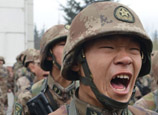


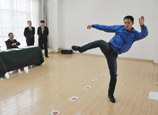

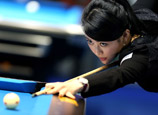
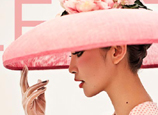









 Seeking a dream wedding at Beijing Wedding Expo
Seeking a dream wedding at Beijing Wedding Expo


![]()
